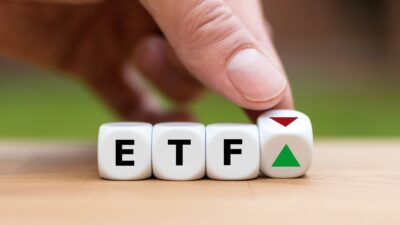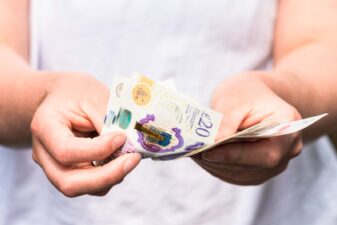Right now, the Aviva (LSE: AV) share price supports a dividend yield of 8.1%, one of the highest in the FTSE 100.
Some investors might look at this market-beating yield and take it as a warning. Indeed, it is widely believed that when yields spike to levels such as this, the market is sending a signal that it considers the distribution is unsustainable.
However, in this case, I think the Aviva share price’s yield is entirely safe and extremely attractive as an income investment. Today, I’m going to explain why I hold this opinion.
Volatile trading
I think it is fair to say that over the past two years, Aviva looks as if it has lost its way.
After several years of restructuring, the company seemed to be making substantial progress, but then management decided to try and redeem some outstanding preference shares. Rather than paying the market rate for the shares, Aviva wanted to buy back the shares at a substantial discount, a discount it claimed was suitable according to the shares’ issuing documents.
A vicious battle ensued between the firm and its shareholders, which ultimately resulted in CEO Mark Wilson, stepping down and shareholders getting their way. The preference shares are still in existence.
It has taken almost six months for the group to fill the gap left by its departing CEO. At the beginning of March, Aviva decided to appoint Maurice Tulloch, a company veteran, as its chief executive after taking longer than expected about the process (Mr Wilson left in October last year).
New management
The fact that it has taken so long to find a replacement has clearly weighed on the shares since October, but now the company’s management team is back up to strength, I think it will only be a matter of time before investors return to the group.
With his background in non-life and international insurance, analysts are already beginning to speculate that the new CEO will devote his efforts towards growing the business’s international operations, pulling it away from the slow and steady mature UK life insurance and pensions business.
If Mr Wilson does decide to pursue international growth, then I think we could see a substantial re-rating of Aviva’s shares over the next 12 to 24 months.
Re-rating
Right now, shares in the company are trading at a forward P/E of just 6.6, compared to the UK insurance industry average of 12. Looking at these numbers, I don’t think it is unreasonable to say that shares in Aviva could jump as much as 100% if the group can convince investors that it has bright growth prospects.
In the meantime, there’s that 8.1% dividend yield. As the payout is currently covered 1.9 times by earnings per share, I do not think it is in any immediate danger. In fact, considering all the above, it seems to me as if this high yield is more of a side effect of the company’s low valuation, rather than a signal from the market that the dividend is in jeopardy.
So, overall with a potential upside of around 100% and an 8.1% dividend yield on offer, I’m a buyer of the Aviva share price today.






